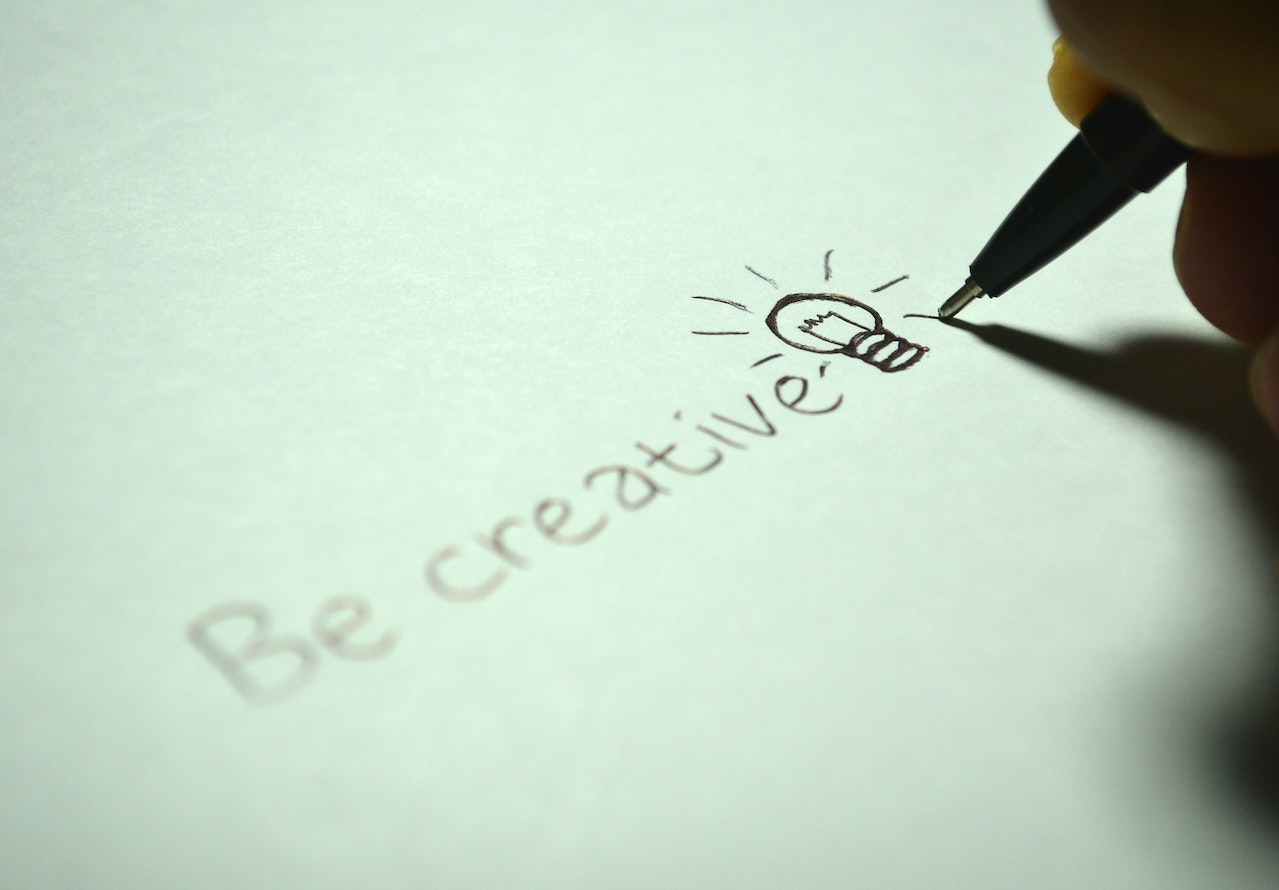
With the upsurge of digital communication, the ability to format texts for clarity, emphasis, and professional presentation is an essential skill. The Top Rich Text Tools allow people to manipulate the layout and appearance of texts in numerous ways. This article will guide you through utilizing these tools to maximize the effectiveness of your written communication.
Understanding the Basics of Such Editing
The rich text refers to any content that includes elements beyond basic alphanumeric characters. These could be underlining, bold, italics, different colors, bullets, numbered lists, or hyperlinks. The primary purpose of rich text editing is to make your subject matter easier to read and comprehend and to emphasize key points.
Bold, Italics, and Underline
Bold, italics, and underlining are some of the most fundamental tools in content formatting.
- The bold technique draws attention and highlights vital points or headers. It also differentiates a particular section of words from the rest, making them stand out.
- Italics are commonly used to emphasize a specific word or phrase, denote titles of works, or indicate foreign language terms.
- Underlining is typically used for book titles, foreign words, or as another form of emphasis. However, it’s less common in digital writing as it can be mistaken for hyperlinks.
Color and Size
Color and size modifications can also significantly impact your text’s effectiveness.
- Color: Different colors can differentiate sections, highlight important information, or add aesthetic value. However, ensuring your color choices are sufficient for readability is essential.
- Size: Adjusting the size of your content can also add emphasis. Larger font sizes are often used for headings or essential points, while smaller ones can be used for footnotes or less important details.
The Power of Lists and Alignment
Bulleted and Numbered Lists
Bulleted and numbered lists are effective tools for organizing information neatly and understandably. Bulleted lists are ideal for when the order of items doesn’t matter, whereas numbered lists should be used when the sequence is important.
Alignment
Alignment refers to the positioning of your texts within their container. There are four main types of text alignment: left, right, centered, and justified.
- The Left-aligned technique is the most common as it’s the easiest for most people to read.
- The Right-aligned technique is often used for aesthetic reasons or to create a visual effect.
- The centered technique is typically used for titles, headings, or short lines.
- A justified technique, where both sides are aligned, can provide a clean, formal look. However, it can sometimes lead to uneven spacing between words, making the content harder to read.
Hyperlinks and Text Boxes
Hyperlinks
Hyperlinks are an effective way to provide additional information without cluttering your main texts. They can link to other pages, documents, or even different sections of the same document.
Text Boxes
These are useful for separating or highlighting specific sections of your content. They can be styled differently from the main texts, allowing you to draw attention to critical points or provide additional information.
Final Thoughts
Mastering the Top Rich Text Tools for editing can significantly enhance the effectiveness of your written communication. Understanding and employing these tools appropriately ensures your messages are clear, engaging, and professionally presented. Please keep your audience in mind when formatting your texts; sometimes, less is more. Overuse of rich text features can make a document look cluttered and harder to read, so use these features sparingly and with purpose.

